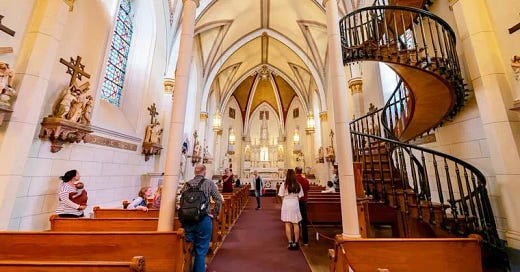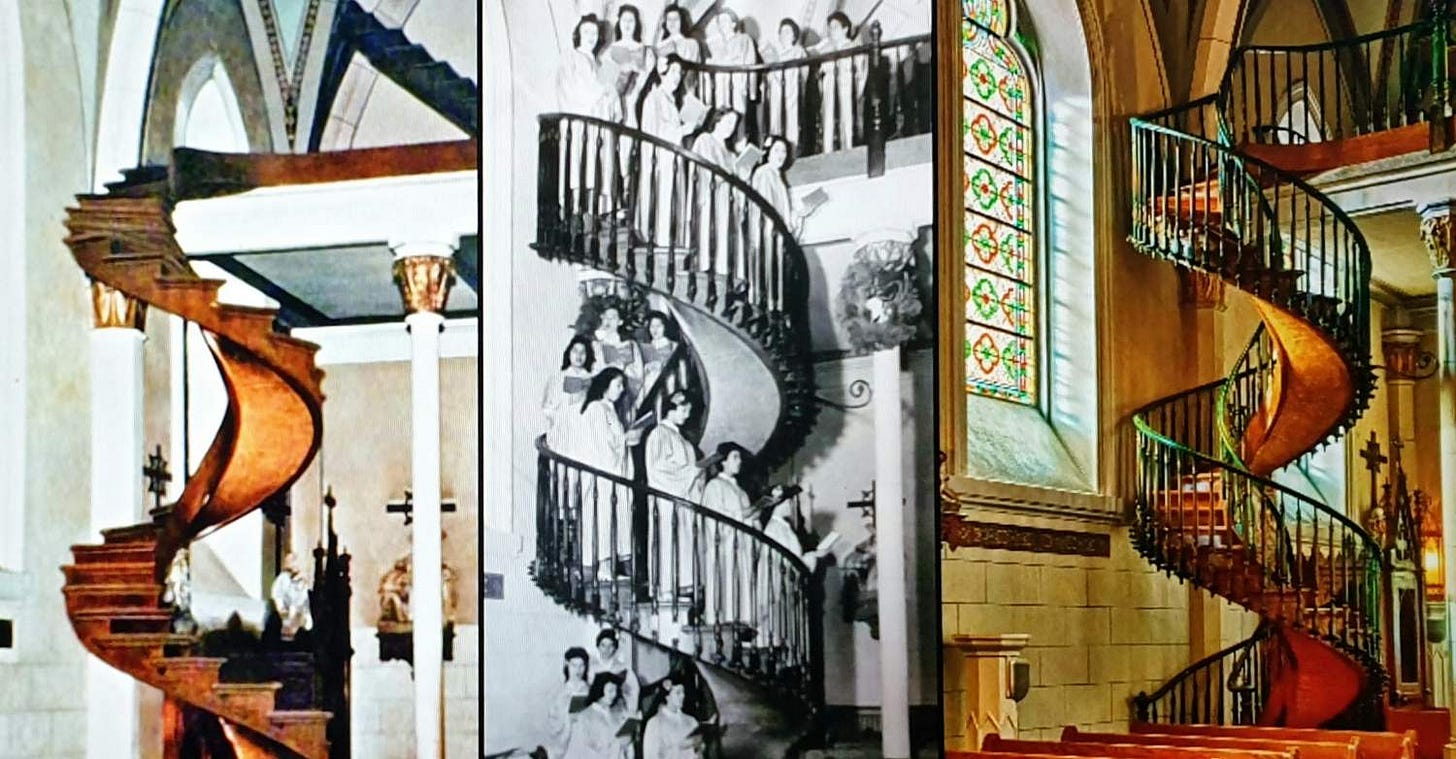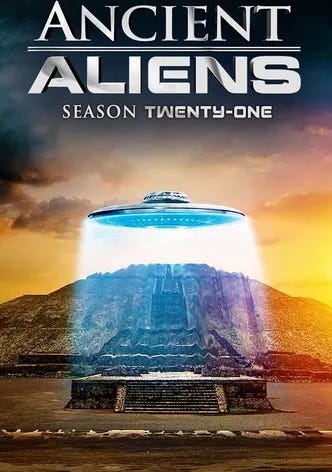Pondering the Unknown and the Invisible: Comparing the Evidence- Part Two
Tangible (non-photographic/non-video) evidence remains a defining factor in explaining the "unexplained." Here a potentially divine creation is compared to evidence from alleged UFO crash sites.
An earlier article focused on a fondness in our current popular culture for analyzing mysterious and strange encounters. It compared evidence of aliens/UFOs against evidence of the Divine/supernatural. While both religious persons and alien/UFO enthusiasts have many eyewitness accounts to view and consider in support of their beliefs, the most relevant information in attempting to reach a conclusion is physical (non-photographic) evidence, the kind that can be seen and touched.
The Divine/Supernatural
In Part One, the image of Our Lady of Guadalupe was considered as a tangible piece of evidence of the Divine/supernatural, one that the Virgin Mary is said to have placed on the cloak or “tilma” of (Saint) Juan Diego in Mexico City in 1531. Another little-known example of the Divine is the staircase at the Loretto Chapel located in Santa Fe, New Mexico. The impressive structure provides real evidence for architects, engineers and physicists to ponder regarding its origin.
The background is as follows: in 1878 when a chapel was built in Santa Fe (Spanish for “Holy Faith”), its plans did not include stairway access to the chapel’s choir loft. After its completion, the nuns in charge attempted to find carpenters to remedy the situation, but all who were consulted concluded that it would be impossible to build one in such a small space. Since the only access to the loft was by ladder, which was deemed unworkable by the nuns, they (not surprisingly) turned to prayer by participating in a nine-day novena, which involves nine days of consecutive prayer to a specific saint or intention. In their novena, they asked St. Joseph, the father of Jesus and the patron saint of carpenters for help.
According to the record, at the conclusion of the Novena an unidentified man arrived (along with a donkey) just at the right time and carrying only a toolbox. The stairs were impressively built without the use of nails or centering support, and the identity of its maker remains unknown to this day. Using hand tools and no electricity, the mysterious carpenter is said to have built the staircase in just a few months. Asking the nuns for no supplies (apart from several tubs of hot water) or up-front money, he worked in privacy and left without taking any payment. The staircase, approximately twenty feet tall and including two 360-degree turns, has thirty-three steps, which coincidentally—or not—is the age at which Jesus was crucified. The wood that was used to build the staircase is not found to be from any local trees and is of unknown origin (see below).
Whether or not you believe the story about its builder and its construction, and whether or not it is possible for the staircase to be duplicated (which, to date, it has not been), the fact remains that the construction material used by the unknown carpenter serves as a form physical evidence which can be viewed and studied, so that analyses can be conducted, questions can be raised, and conclusions can be drawn.
The type of wood that was used to build the staircase has been confirmed to be a type of spruce. Coincidentally—or perhaps maybe not—spruce trees with their evergreen nature are considered as a symbol of eternal life/hope and the birth of Jesus, given that the trees retain their needles throughout the winter season. The exact type of spruce, however; its source and its geographic origin remains unknown. After the builder disappeared, the nuns attempted to reimburse local merchants for the material that was used in its construction, but they found that it was not sourced from any local spruce trees, nor was it purchased from any of the local businesses. In 1996, an expert who studied the staircase over a 15-month period reached the conclusion that the wood was unlike any other species of spruce that exists in the world. Consequently, he recommended that it be given the unique name “Loretto Spruce.”
While it is true that mere questions cannot prove the existence of God, angels, miracles, or of the supernatural world, there is no denying that the staircase exists. At a minimum, until it can be proven otherwise, its construction, and particularly the source materials used to build it, remains as evidence pointing to something that appears to surpass the power of normal human beings.
UFOs/Aliens
With regards to UFOs and aliens, Part One of this article considered a single well-known event, the Roswell incident, where an alien spacecraft was said to have crashed in Roswell, New Mexico in 1947. This event is explained in Episode 3 from season 21 of the popular television series Ancient Aliens (produced by the History Channel that aired on February 21, 2025), along with nine other incidents, which collectively are considered by the popular franchise as the top ten examples of alien crash sites (Roswell is identified as number two).
While alleged eyewitnesses to these ten incidents have made various claims over the years, what is common to all of them is that none of them, including those from the Roswell incident, have produced any physical (non-photographic/non-video) evidence of any alien extraterrestrial technology or alien beings. Consequently, the lack of a single piece or shred of tangible evidence from any of these ten examples leaves nothing for the world to review or analyze.
Conclusion
Truth is sometimes revealed in profound mysteries and through simple events, but can also be revealed scientifically through the analysis of physical evidence. The staircase at the Loretto Chapel (particularly the exact type of wood that was used to build it, but also its construction) provides a direct piece of physical evidence to ponder regarding proof of the Divine/supernatural. Ironically, while some continue to seek proof of the existence of beings from other planets, a single, virtually unknown, small stairway of potential Divine origin ends up yielding more physical evidence than all of the “top ten” purported alien crash site incidents combined. But admittedly, whether the Loretto staircase offers the world concrete scientific evidence of the Divine, such a profound conclusion will be up to each and every individual to determine for themselves.
For anyone that is skeptical of the claims regarding the staircase, they are encouraged to visit the Loretto Chapel and study it for themselves. Specifically, they should attempt to identify the specific type and source of the wood that was used in its construction. As for fans of the television series Ancient Aliens, I expect they will continue to search for physical evidence in support of their theories and conclusions; perhaps even visiting some of the purported crash sites. If and when they find it, hopefully it can be shared with the rest of us, so that it can receive the same scrutiny as has been applied to the Loretto Chapel staircase, the image of Our Lady of Guadalupe, and other items that are believed by many to be of miraculous origin.
Photo Credit- National Catholic Register, Reddit, Just Watch and Jigidi.







Great piece which once again proves how our culture is in love with the supernatural and the paranormal, but only in a way that is not associate with the Divine, let alone Christianity. We will think about aliens or other dimensions, rather than think about the spiritual world and the divine created order despite there being more proof for the existence of the latter than the former. I highly recommend the podcast Jimmy Akin's Mysterious World which did a full breakdown of the Loretto Chapel and the staircase- it gives far more information than could be written here, it also gives some more answers (although not definitive, in that the staircase still remains a mystery).